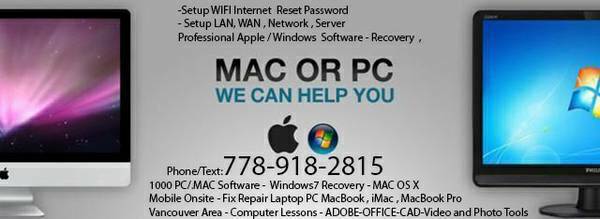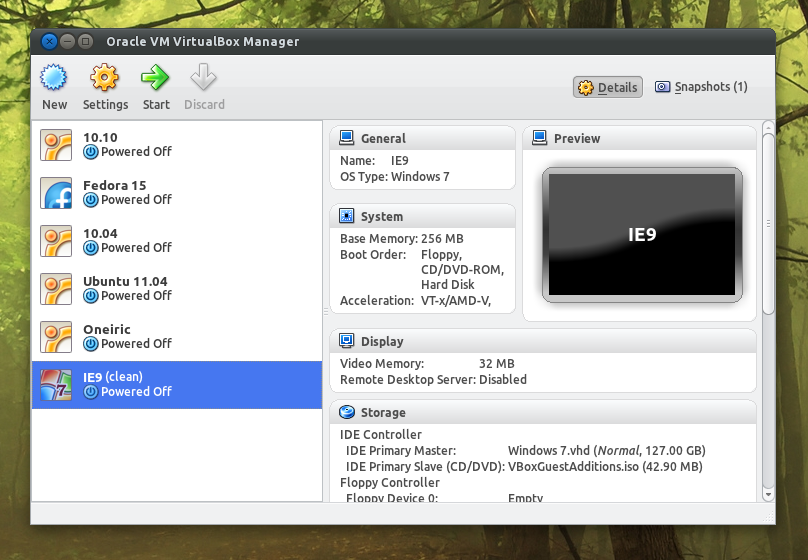

I’d be happy if Windows software worked most of the time. I’m not a developer, my Windows install is plain vanilla, nothing more than I need. Septemat 5:10 When MicroSoft update their OS to be able to read HFS+ disks natively, I might get interested. The Windows version is available at Microsoft, if you need it for that purpose or any other. This is the method that I usually choose to just run IE for quick tests, but it can be prone to crashes and it’s also the slowest of the three options.Īs far as I know, most Mac users generally need IE only for dreaded compatibility testing that web developers always have to endure, and this is why having a VM or WineBottled installation is legitimately helpful. If you don’t want to bother with bootcamp or a virtual machine, you can actually run Internet Explorer on the Mac using a third party tool called WineBottler, and while this works for IE6, IE7, and IE8, as of yet IE9 is not supported with this method. This is without a doubt the best performing option though, since there is no virtualization or hack required, it just turns your Mac into a Windows PC. The downside to this approach is that you need to buy a Windows license so that you can install it in the VM.īootcamp is another option but then you’ll have to reboot between Mac OS X and Windows, and this isn’t really acceptable for quick testing in my view, plus you still have to buy Windows. The upside to this is that it’s generally very stable and assuming your Mac is reasonably powerful the virtual machine usually performs quite well, certainly well enough to run IE and core Windows apps. The first approach is to use virtualization software, and then you can run IE in addition to just about anything else through a fully functioning Windows VM.

Internet Explorer virtual machines for Mac OS X – these are completely free and run IE 7, IE 8, and IE9 under a virtualized instance of Windows.

Let’s discuss how you can get Internet Explorer 9 on your Mac, there’s three main options:


 0 kommentar(er)
0 kommentar(er)
